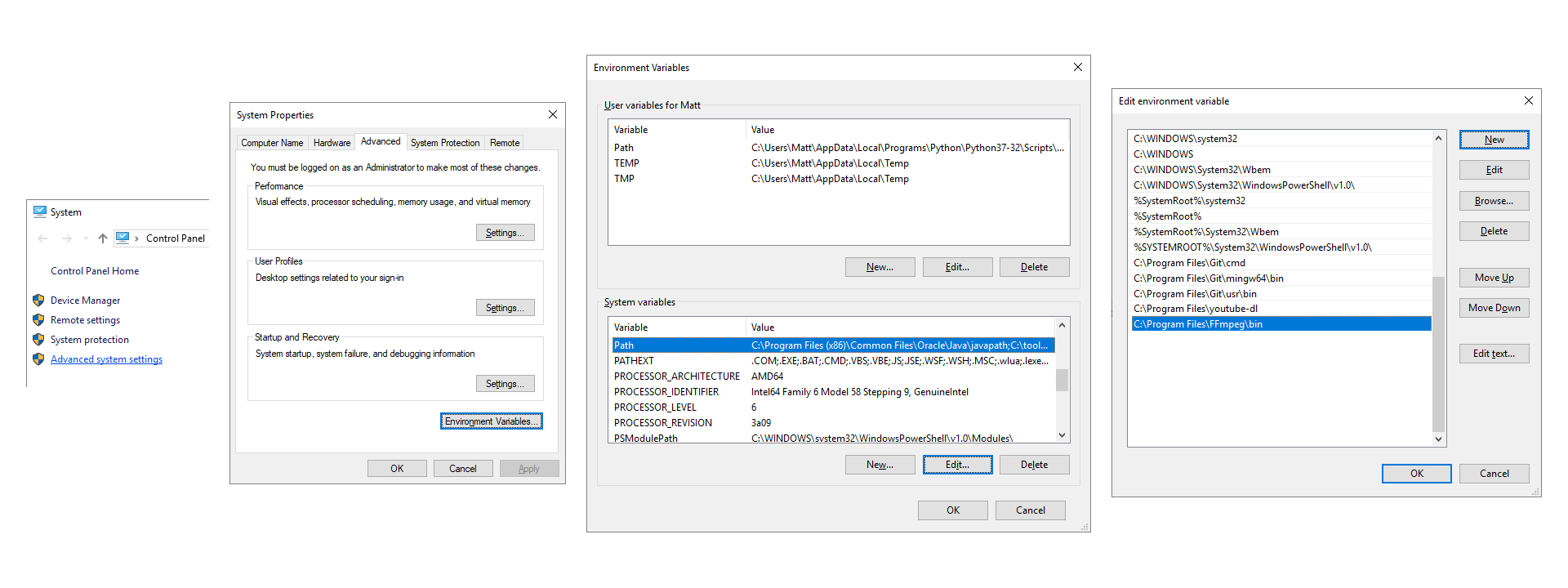
#DOWNLOAD FFMPEG FOR WINDOWS PYTHON KEYGEN#

Here, in the example, $HOME was processed before the echo command. In other words, using an intermediate shell means that variables, glob patterns, and other special shell features in the command string are processed before the command is run. Setting the shell argument to a true value causes subprocess to spawn an intermediate shell process, and tell it to run the command. > subprocess.call('echo $HOME', shell=True) The command line arguments are passed as a list of strings, which avoids the need for escaping quotes or other special characters that might be interpreted by the shell. Wait for command to complete, then return the returncode attribute. Subprocess.call(args, *, stdin=None, stdout=None, stderr=None, shell=False) This is basically just like the Popen class and takes all of the same arguments, but it simply wait until the command completes and gives us the return code. However, it's been deprecated since version 2.6: This function is obsolete. If we pass everything as a string, then our command is passed to the shell if we pass them as a list then we don't need to worry about escaping anything. There are 3 other variants of popen that all handle the i/o slightly differently. Os.popen() does the same thing as os.system except that it gives us a file-like stream object that we can use to access standard input/output for that process. The exit status of the command (encoded in the format specified for wait()) is available as the return value of the close() method of the file object, except that when the exit status is zero (termination without errors), None is returned. The bufsize argument has the same meaning as the corresponding argument to the built-in open() function. The return value is an open file object connected to the pipe, which can be read or written depending on whether mode is 'r' (default) or 'w'. While the subprocess carries out its own work behind the scenes. That is, the process that created the subprocess can go on to work on other things However, these processes, known as subprocesses, run as completely independentĮntities-each with their own private system state and main thread of execution.īecause a subprocess is independent, it executes concurrently with the original process. The os or subprocess modules such as os.fork(), subprocess.Popen(), etc. At any given time,Ī program can create new processes using library functions such as those found in Normally, a process executes statements one after the other in a single sequence of controlįlow, which is sometimes called the main thread of the process. Includes memory, lists of open files, a program counter that keeps track of the instructionīeing executed, and a call stack used to hold the local variables of functions. Each process has its own system state, which


 0 kommentar(er)
0 kommentar(er)
